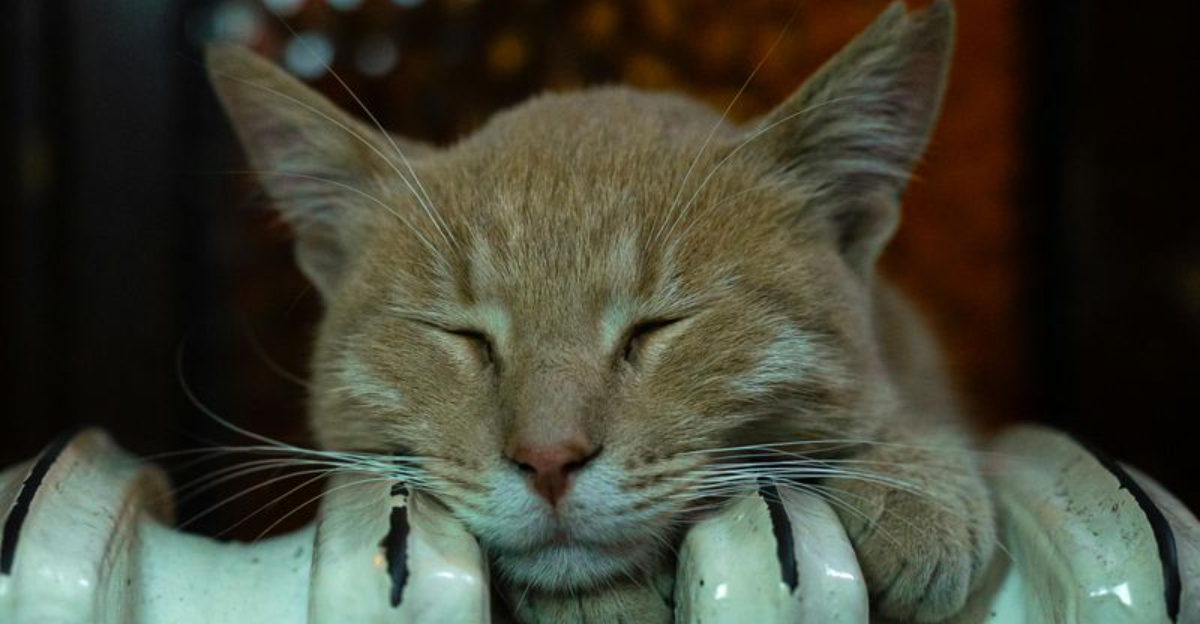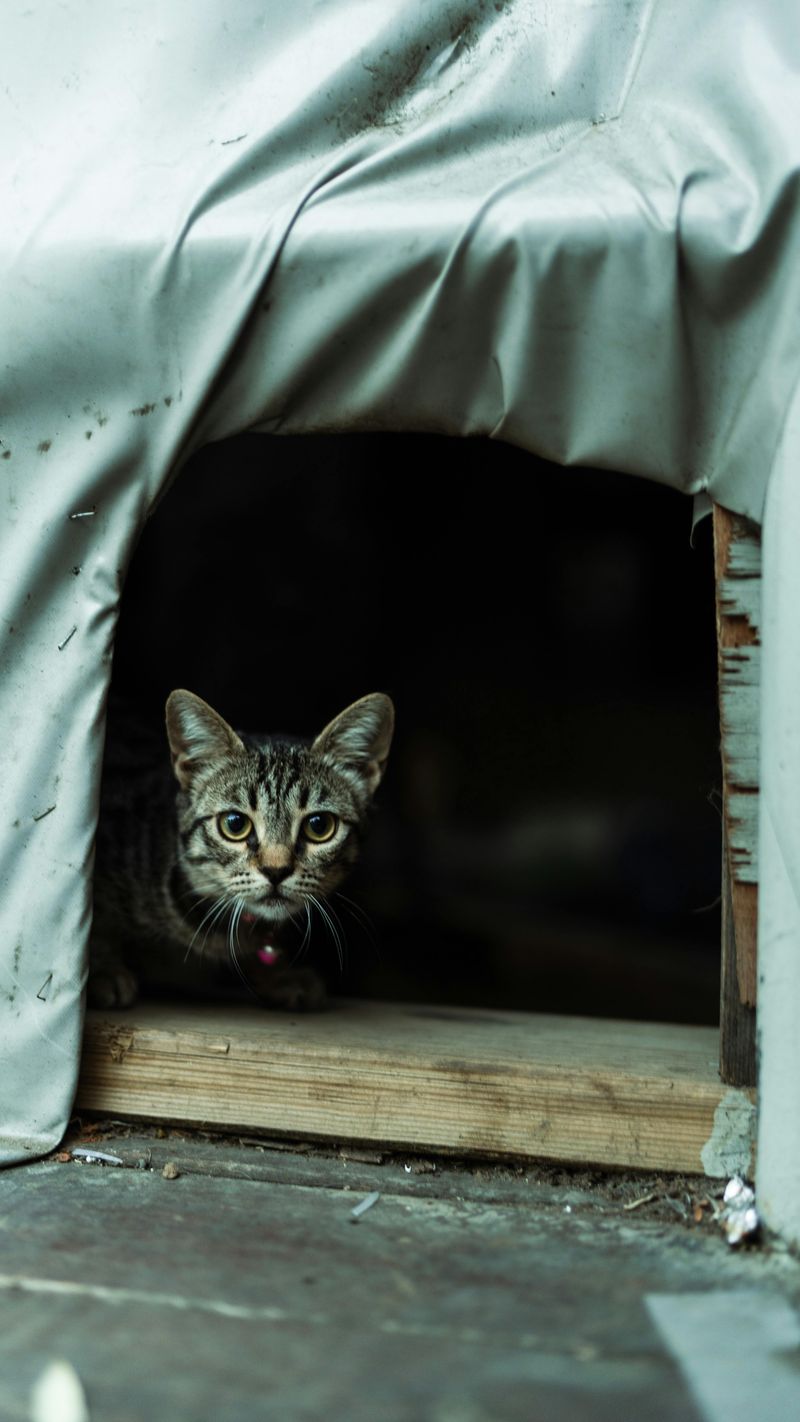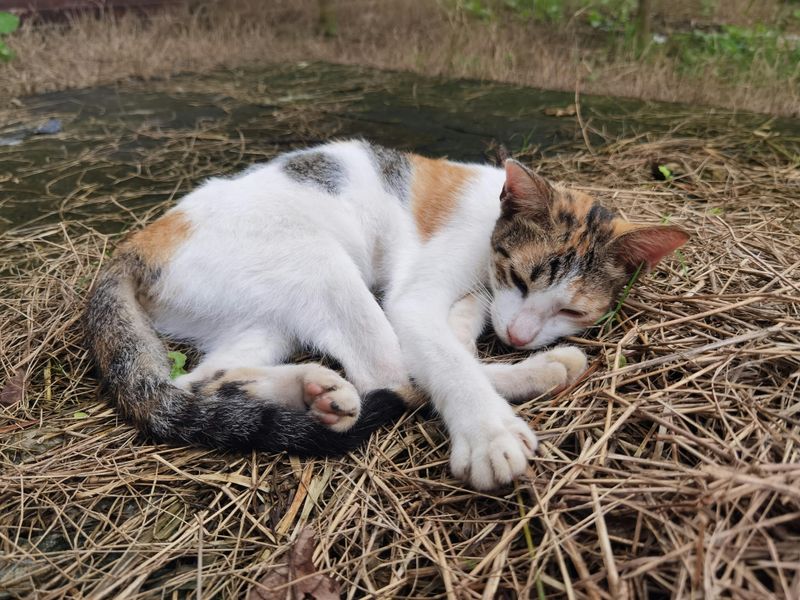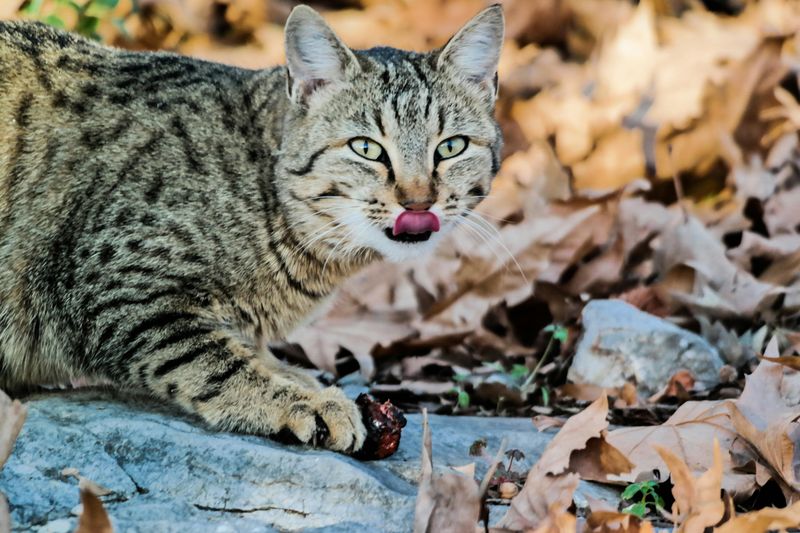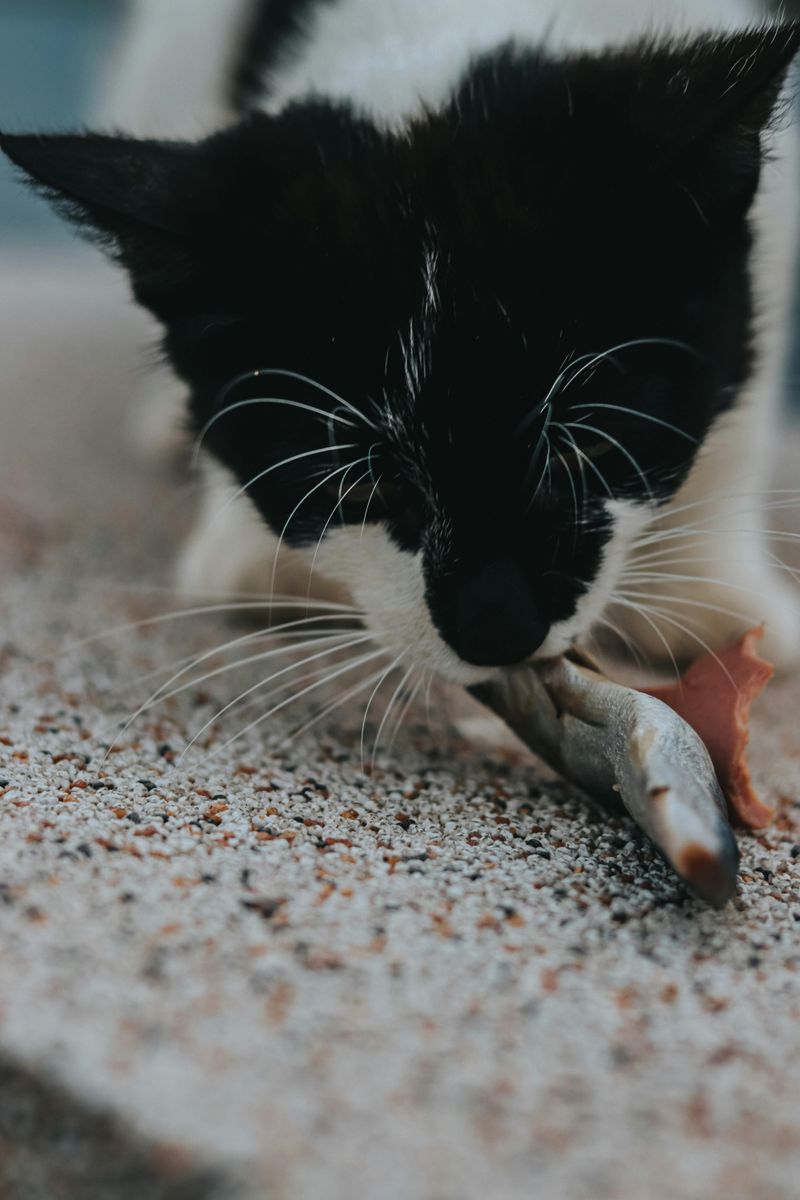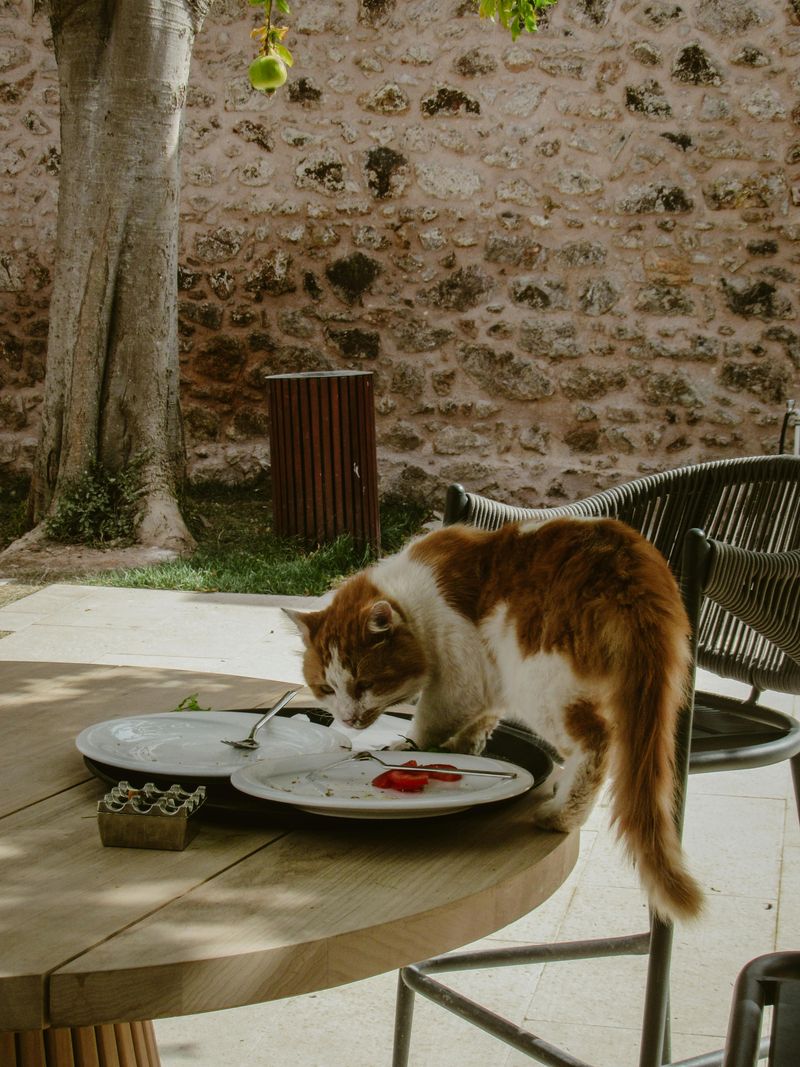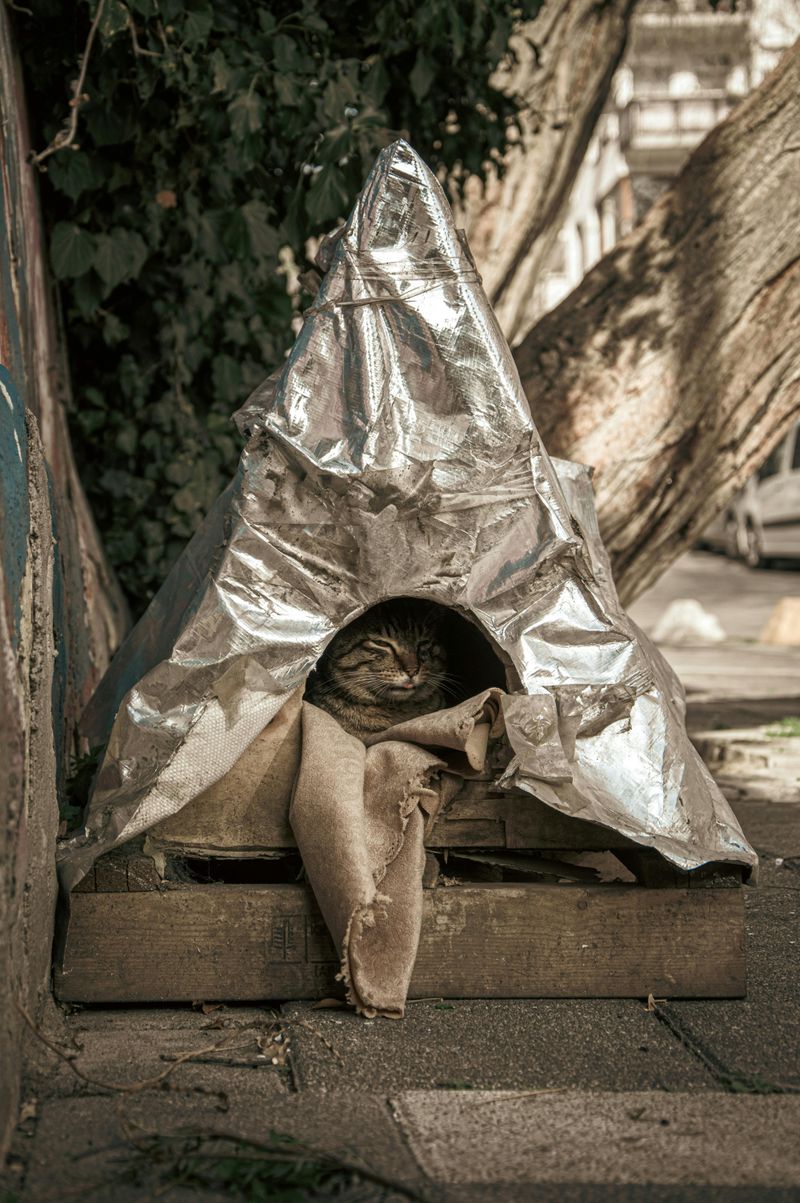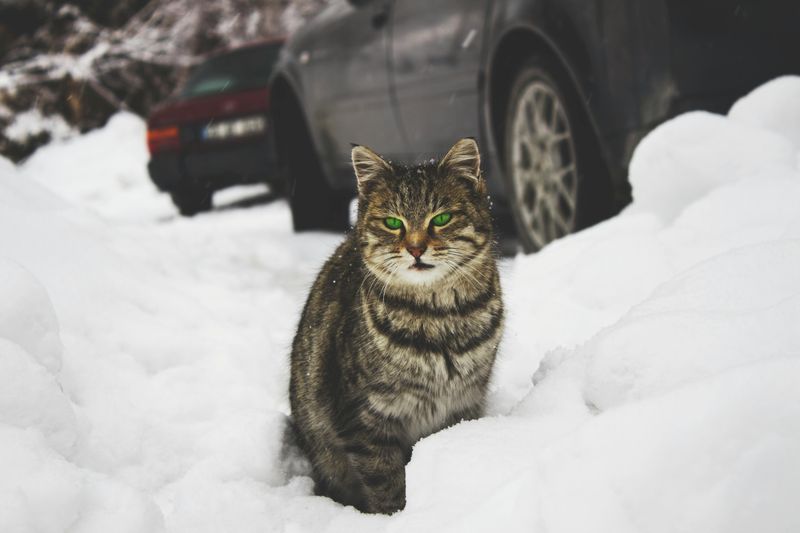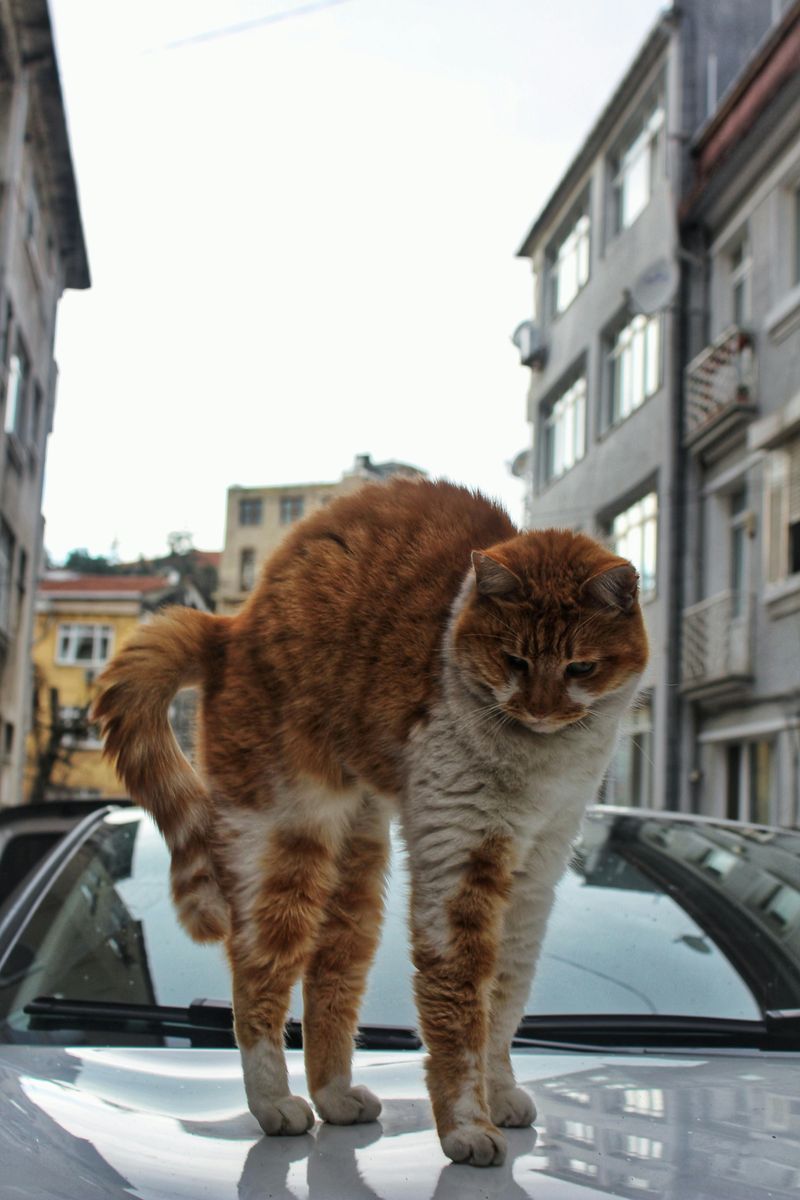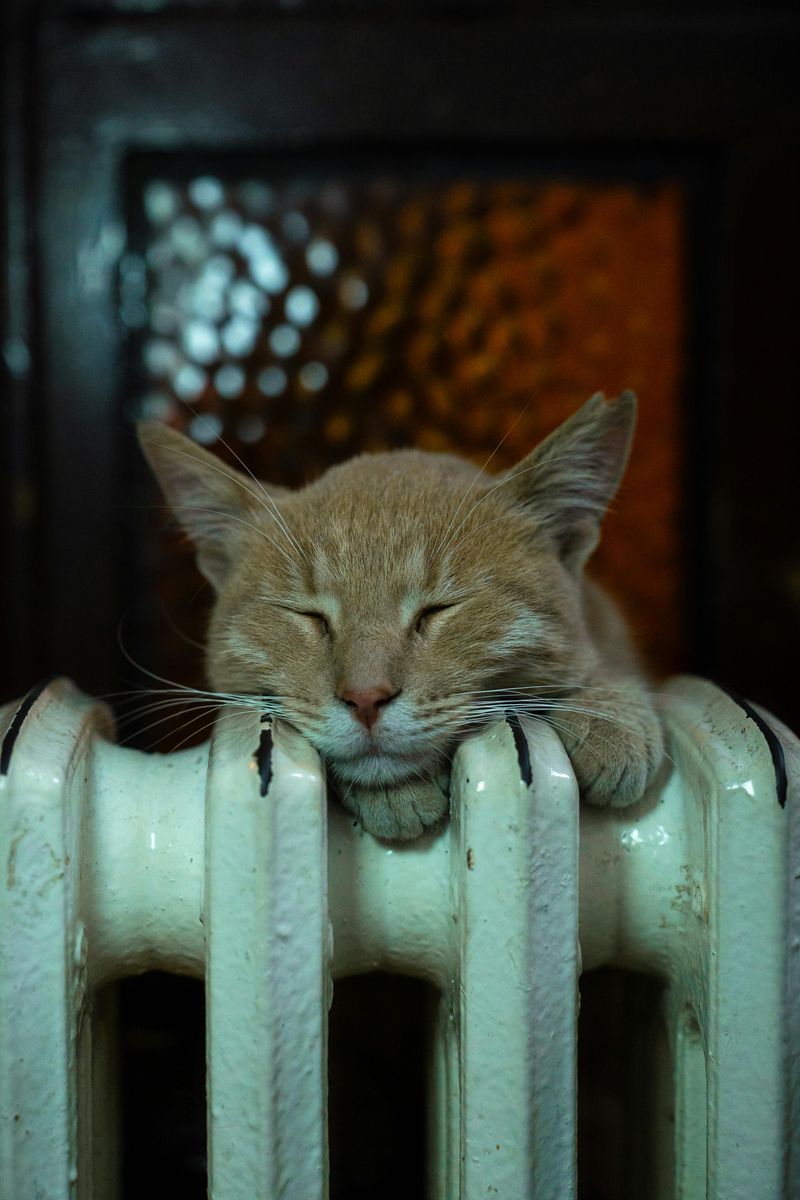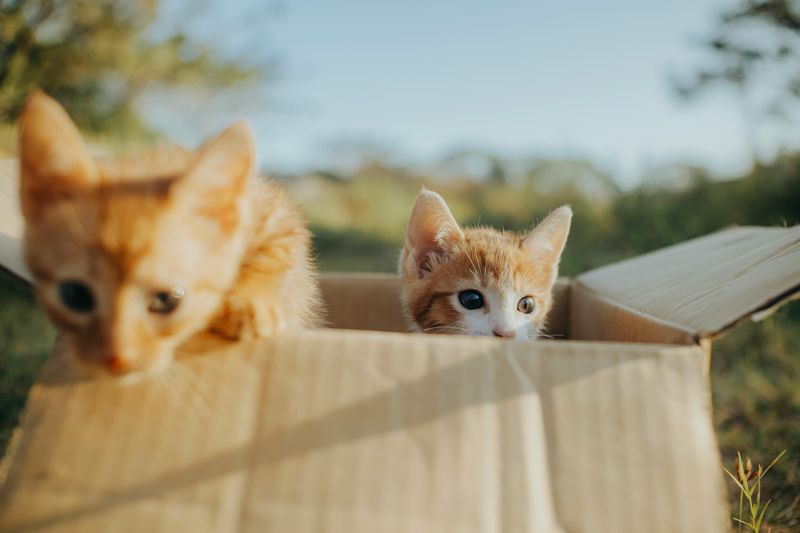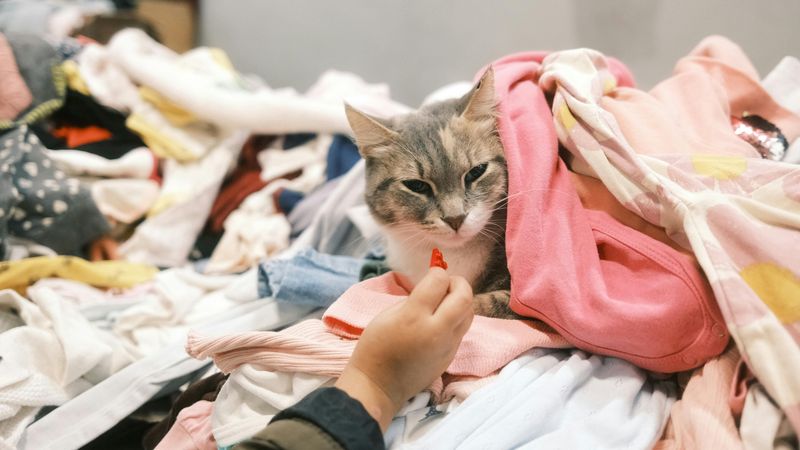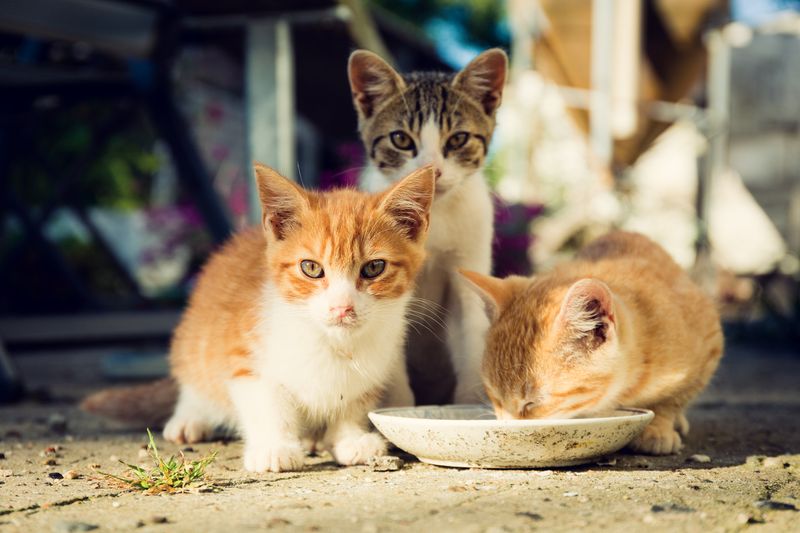📖 Table of Content:
- 1. Provide Insulated Shelters
- 2. Use Straw for Bedding (Not Blankets!)
- 3. Set Up Feeding Stations
- 4. Provide Fresh, Unfrozen Water
- 5. Offer High-Calorie Wet Food
- 6. Build a DIY Heated Shelter
- 7. Shovel Paths to Shelters & Feeding Areas
- 8. Be Mindful of Car Engines
- 9. Provide Safe Outdoor Heat Sources
- 10. Protect Cats from Antifreeze & Rock Salt
- 11. Neuter & Spay for Long-Term Help
- 12. Connect with Local Rescue Groups
- 13. Watch for Signs of Frostbite or Illness
- 14. Offer Indoor Refuge (If Possible)
- 15. Educate Others & Advocate for Feral Cats
When winter’s chill sets in, feral cats are left to battle the elements with little protection. Unlike house cats, they don’t have the luxury of warm beds or steady meals, making survival a daily struggle. But with a little kindness and effort, you can be the difference between hardship and comfort for these resilient felines.
Whether you’re caring for a full colony or just one lone wanderer, there are plenty of ways to lend a helping hand. From simple DIY shelters to strategic feeding tips, small acts of kindness can go a long way. With the right support, these cats can stay warm, nourished, and safe—even in the harshest winter conditions.
This guide is packed with practical, easy-to-implement solutions to help feral cats make it through the cold months. By taking action, you can turn freezing nights into cozy retreats for these animals in need.
1. Provide Insulated Shelters
Creating insulated shelters is a practical way to help feral cats survive winter. Use materials like wood or heavy-duty plastic to construct a sturdy shelter with a small entrance to keep the wind out. Inside, ensure the space is just big enough for a few cats to snuggle and generate body heat. Secure the roof against leaks and cover the structure with waterproof material. Double insulation with foam boards or thick blankets between walls can keep interior temperatures more stable. Maintain shelters regularly to clear snow and ice, ensuring entrances are always accessible.
2. Use Straw for Bedding (Not Blankets!)
Straw is the ideal bedding for feral cat shelters in winter. Unlike blankets, straw repels moisture, keeping the shelter dry and warm. Blankets and similar materials can freeze if they get wet, making them unsuitable for outdoor use. Fill the shelter generously with straw, ensuring it’s loose enough for cats to burrow into. Refresh the straw regularly to maintain cleanliness and insulation. With straw bedding, cats can nestle comfortably through cold nights. This simple yet effective method provides a critical layer of warmth against the bitter elements.
3. Set Up Feeding Stations
Establishing feeding stations is essential for providing consistent nourishment to feral cats during winter. Locate a spot shielded from harsh weather, such as under a porch or a makeshift canopy. Use sturdy, covered bowls to protect food from rain or snow. Opt for dry food, which doesn’t freeze like wet food, and check daily to replenish supplies. Regularly monitor the feeding station to ensure it’s clean and accessible. Such setups not only provide vital nutrition but also help feral cats conserve energy, crucial for enduring frigid conditions.
4. Provide Fresh, Unfrozen Water
Access to fresh water is critical for feral cats in winter. Use heated water bowls to prevent ice formation, ensuring cats can drink anytime. If heated bowls aren’t an option, swap out water multiple times a day to keep it from freezing. Placing bowls in sunny spots or insulated enclosures can also delay freezing. Avoid metal bowls, which can cause tongue injuries in freezing temperatures. Consistent access to water aids digestion and helps maintain hydration levels, vital for feral cats’ health and survival during the cold season.
5. Offer High-Calorie Wet Food
High-calorie wet food provides essential energy for feral cats braving winter. Opt for nutrient-dense varieties, as cats require more calories in cold weather to maintain body temperature. Serve meals when cats are most active, typically dawn and dusk. If possible, warm the food slightly to enhance aroma and encourage consumption. While wet food can freeze quickly, offering it in sheltered areas can prevent this. Regular feeding of high-calorie wet food supports their energy needs, ensuring these resilient felines remain robust throughout the harsh winter months.
6. Build a DIY Heated Shelter
Constructing a DIY heated shelter offers exceptional comfort for feral cats. Use solar panels or safe heating pads to provide consistent warmth. Ensure the shelter is well-insulated and weatherproof, with a tight-fitting roof and walls. Position heaters safely to avoid burns and ensure they are inaccessible to cats. Regularly check the heating equipment to confirm functionality and safety. Such shelters should be placed away from high-traffic areas to reduce stress for the cats. A heated refuge serves as a sanctuary, significantly improving their chances of winter survival.
7. Shovel Paths to Shelters & Feeding Areas
Clearing paths to shelters and feeding stations is an often-overlooked way to assist feral cats. Snow can block access to vital resources, so regularly shovel paths after heavy snowfall. Keep paths narrow to minimize exertion for the cats, focusing on direct routes to shelters and feeding areas. This effort reduces the energy cats spend moving through snow, allowing them to conserve calories for warmth. Shoveled paths also make it easier for caregivers to check on and maintain the shelters and feeding stations, ensuring ongoing support.
8. Be Mindful of Car Engines
Cats often seek warmth under car hoods, posing significant risks. Before starting a vehicle, tap the hood or honk the horn to alert any resting cats. Check under the car and near the wheels, where cats may hide. Educate others about this precaution, especially in neighborhoods with known feral colonies. Being mindful helps prevent accidental injuries or fatalities, offering a simple yet crucial way to protect these animals. This small action raises awareness and promotes community responsibility towards feral cat safety during the colder months.
9. Provide Safe Outdoor Heat Sources
Safe outdoor heat sources provide crucial warmth to feral cats. Use weather-resistant heating pads or lamps specifically designed for outdoor use. These should be placed inside shelters or protective enclosures to prevent exposure to the elements. Avoid using materials that could ignite or cause burns. Regularly inspect the equipment to ensure it’s working properly and safely. Offering a reliable heat source during frigid nights can make a significant difference in a cat’s ability to survive winter, providing comfort and reducing the risk of hypothermia.
10. Protect Cats from Antifreeze & Rock Salt
Antifreeze and rock salt pose serious hazards to feral cats. Antifreeze is toxic, with a sweet taste that can attract animals. Always clean up spills immediately and store products securely. Opt for pet-safe alternatives for de-icing, which are less harmful if ingested. Educate neighbors and community members about these dangers to minimize risks. Rock salt can irritate paws; provide wipe stations or mats near shelters for cats to clean their feet. Through awareness and preventive measures, you can significantly reduce the risks posed by these common winter substances.
11. Neuter & Spay for Long-Term Help
Spaying and neutering feral cats is a long-term solution to managing populations and improving their quality of life. This effort reduces the number of kittens born into harsh conditions and diminishes the strain on community resources. Partner with local animal shelters or rescue groups to trap, neuter, and return (TNR) cats to their colonies. TNR programs also help identify health issues and provide vaccinations, promoting overall colony health. By controlling the population, you ensure more resources are available for existing cats, fostering a healthier and more sustainable living environment.
12. Connect with Local Rescue Groups
These organizations often have resources, expertise, and networks to aid in providing food, shelter, and medical care. Volunteering or donating supplies can significantly bolster their initiatives. Additionally, rescue groups may offer guidance on humane trapping and TNR programs. Collaborating with such groups strengthens community efforts, ensuring more comprehensive support for feral cats. By pooling resources and knowledge, you amplify the impact of your actions, helping more cats survive and thrive during the winter months.
13. Watch for Signs of Frostbite or Illness
Vigilance for frostbite and illness is crucial in caring for feral cats during winter. Check for symptoms like discoloration of extremities, lethargy, or difficulty breathing. If you notice such signs, contact a veterinarian or local rescue group for assistance. Early intervention can prevent severe health issues and is vital for the cat’s recovery and survival. Regular observation helps in identifying problems promptly, allowing for timely medical attention. Being attentive to health signs not only aids in immediate care but also enhances the overall welfare of feral cat colonies.
14. Offer Indoor Refuge (If Possible)
If feasible, designate a space in a garage or basement as a temporary shelter. Ensure it’s quiet, warm, and contains food and water. Gradually acclimate the cats to this space to reduce stress, letting them choose when to seek refuge. This option may not suit all feral cats, but even offering sporadic access can provide significant relief during extreme weather. Providing an indoor sanctuary can markedly improve their chances of surviving the toughest winter days.
15. Educate Others & Advocate for Feral Cats
Educating others about feral cat care fosters a supportive community environment. Host workshops or distribute flyers that provide information on winter survival strategies. Highlight the importance of humane treatment and practical assistance, such as setting up shelters or participating in TNR programs. Advocacy helps dispel myths about feral cats and encourages empathy and responsible action. Building awareness and encouraging community involvement can lead to more resources and better care for feral cats. By spreading knowledge, you create a network of informed individuals ready to make a positive impact.
